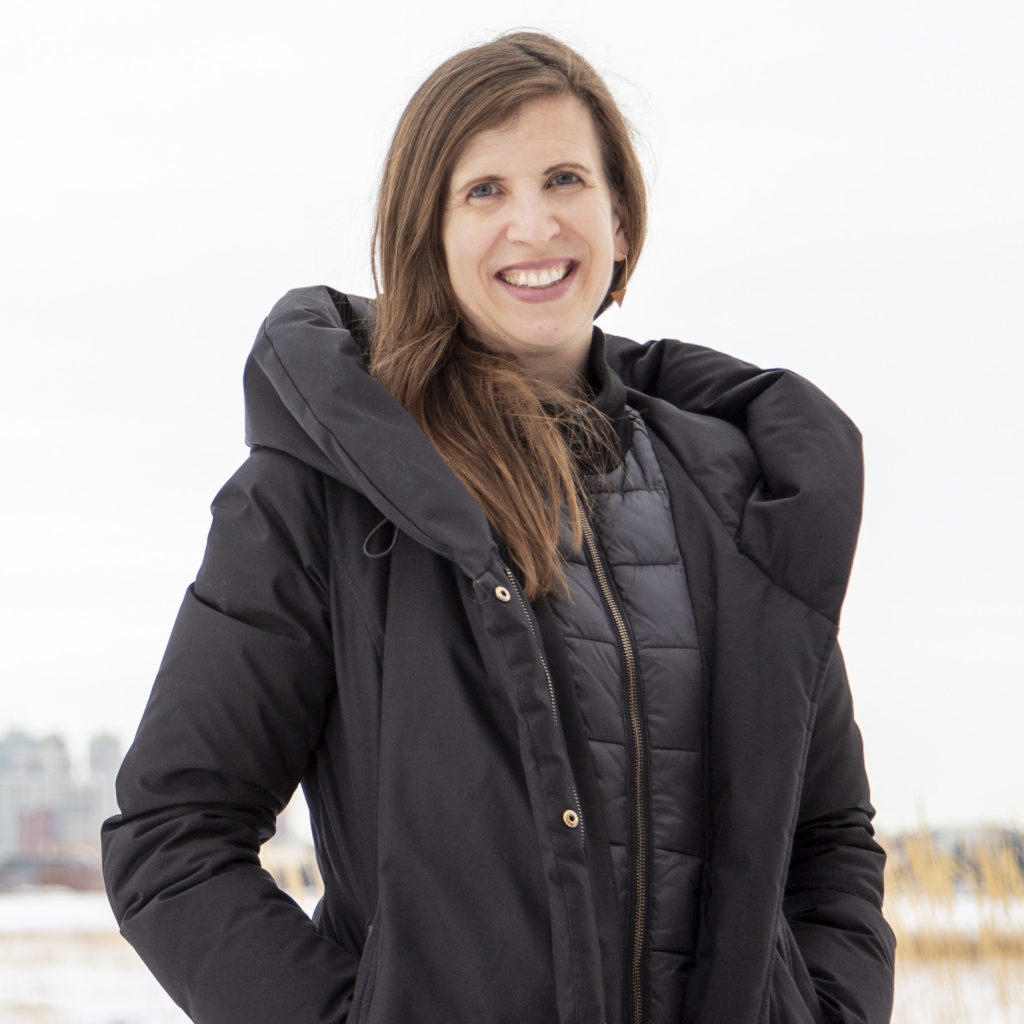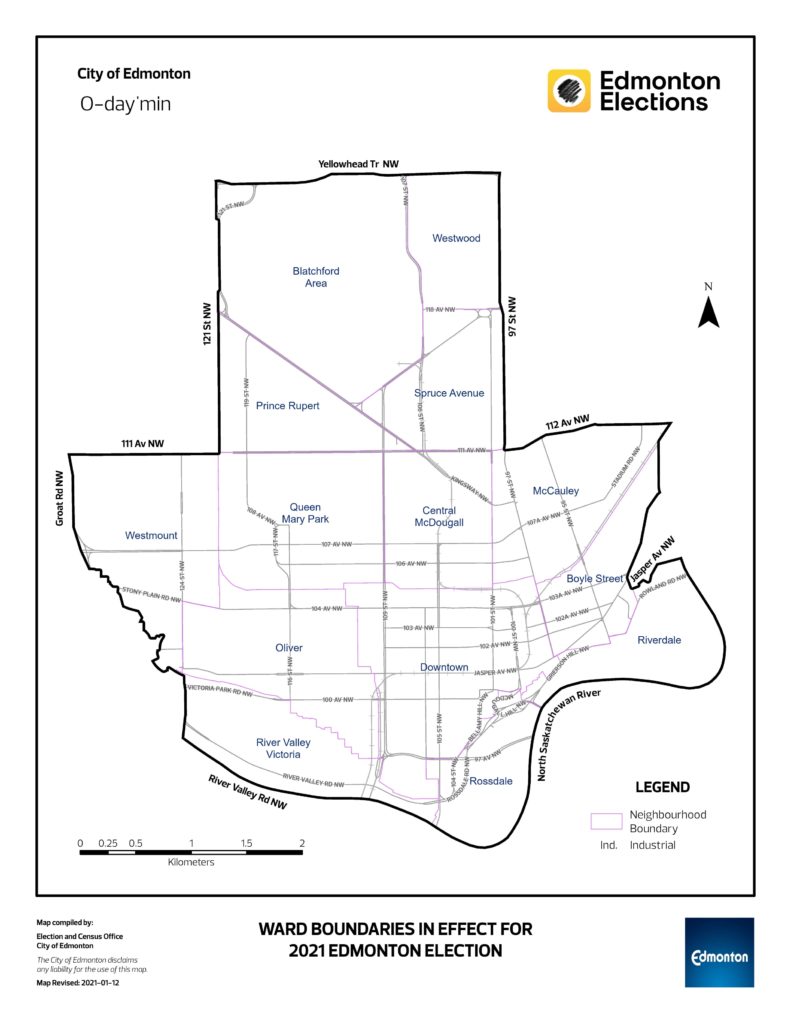Playing hot potato with the homeless
Anne Stevenson says the downtown needs to be brought back to life, but some of her
constituents fear that means exporting problems to their neighbourhoods
Coun. Anne Stevenson says she wants to revitalize the downtown area, but some wonder what that means for the disadvantaged.
By Isaac Lamoureux
COUN. ANNE Stevenson says she has a formula for bringing the downtown back to life, but some constituents outside the core fear it will involve moving the problems rather than solving them.
Since she was elected a little more than a year ago, the first-term councillor for O-day’min has been focused on property taxes, affordable housing, transit, downtown revitalization, climate change, and the homelessness crisis.
If that sounds like a tall order, consider the fact that Stevenson was the mother of 10-month-old daughter when she decided to run for council in March 2021. Campaigning and taking care of an infant forced her to create a work-life balance in a field that is notorious for overwork, she says.
“I made an effort to be home for dinner times. Campaigning in the afternoons, coming home, having some downtime and rest, and then going out again in the evenings, gave me the energy to carry through and really make it make it across the finish line on Election Day.”

Stevenson says she feels “the issues are pretty common across the O-day’min ward.”
“They may be more urgent in some areas or manifest more strongly in some areas than others, but they are similar throughout.”
Improving the downtown area of O-day’min is one of her main focuses, in terms of policy.
“We really do have the capacity to change and transform our downtown,” she says. “We’ve done it before and I absolutely believe we can do it again.”
The right communities, businesses, and people are already sitting at the table and working on ways to help turn it around, she adds.
A native Edmontonian, Stevenson lived abroad for a decade before returning to the city in 2012. Over the past 10 years, she says, she watched the downtown come back after years of neglect. Then, the pandemic hit, and much of the improvement was undone.
“It was hard to see our downtown – which I think was really starting to flourish before the pandemic – take so many steps backwards.”
Despite O-day’min being one of the smaller wards in Edmonton, it comprises many different communities. Across these communities, municipal politics is often the best avenue for local change and improvement.
“The premier of Alberta, regardless of your politics, does not care about my individual neighbourhood,” says O-day’min resident Carolyn, who asked that her last name be withheld. “I need a representative who’s going to care about my individual neighbourhood.
“The dumping ground
for all the problems of Edmonton”
Citing the recent decision to move Boyle Street Community Services from near Rogers Place to the McCauley area, she says: “They continue to treat Boyle-McCauley as the dumping ground for all the problems of Edmonton. We already have a concentration of social services and a concentration of poverty. And they did that without any consultation with the neighbourhood.”
Last summer, the city announced it would be doing community engagement – but after Boyle Street had already bought its new building.
“The person who is supposed to be representing this area did absolutely nothing,” Carolyn says.
Carolyn says she can understand how the municipal government is currently facing challenges due to a reduced budget, and that Stevenson cares deeply about the homeless, but that she should do more to keep them from being forced into an area already challenged by high levels of poverty.
“I would like to see them spread the social housing around the city.”

Stevenson admits “the city has lots of work to do in that sphere” but the problems of homelessness cannot be solved without federal and provincial participation.
“Housing and homelessness continue to be such a critical issue in our community, but we need our provincial partners at the table, as well.”
Street people bring other problems to a neighbourhood besides just homelessness, and the city has more or less washed its hands of the situation, Carolyn adds.
The main responsibility for dealing with street problems like drugs has been transferred to the Safer Communities and Neighbourhoods initiative (SCAN), which is a unit of the Alberta Sheriffs. It aims to help keep communities safe by dealing with problem properties that are being used for illegal activity, such as drug trafficking, prostitution, child exploitation and gang-related crime.
Carolyn says that, two houses down from her, there is drug dealing going on constantly. While shovelling her driveway recently, in the span of 10 minutes, four people stopped by to buy drugs. She says she called the police and was told to contact SCAN.
“It takes weeks to get on SCAN’s radar,” she says.
In one week during the summer of 2020, she recalls making five phone calls for people overdosing on her street. That year, drug deaths reached an all-time high in the city.
“If I’m a drug dealer and I need people to sell my drugs, I am not going to go to Terwilligar to find [customers]. I am going to come to McCauley, because there’s a massive concentration of people who are desperate.
“The city has created a one-stop shop for poverty, and its not the people who are in poverty that are the problem, it’s the people that come to the community the prey on them.”

An aerial view of the ward shows how extensive it is.
